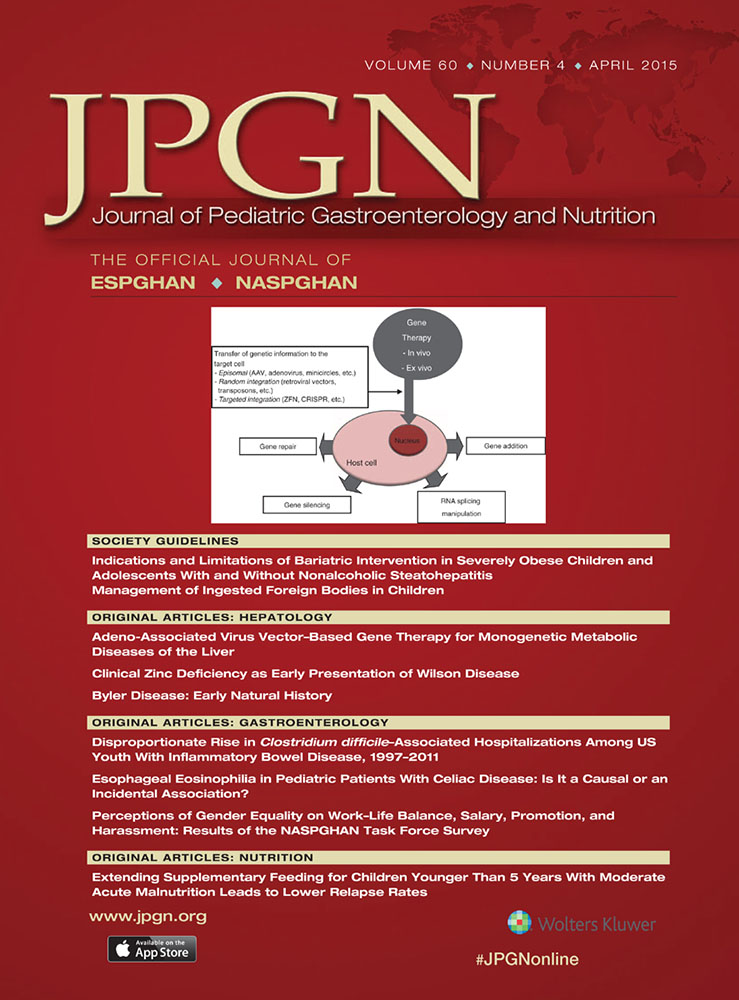Esophageal Eosinophilia in Pediatric Patients With Celiac Disease
Is It a Causal or an Incidental Association?
This work was presented in abstract form at the American Society of Clinical Pathology 2013 Annual Meeting, Chicago, IL.
Omar I. Ahmed and Shadi A. Qasem contributed equally to the article.
The authors report no conflicts of interest.
ABSTRACT
Objectives:
Celiac disease (CD) and eosinophilic esophagitis (EoE) are 2 distinct disease entities affecting the gastrointestinal tract of pediatric patients. Recently it has been suggested that EoE is more prevalent in patients with celiac disease than in the general population. We studied the association between these 2 disease entities in our pediatric patients.
Methods:
We reviewed our hospital files for suspected or confirmed cases of CD. Only cases with both duodenal and esophageal biopsies in pediatric patients were included. A total of 120 patients who met these criteria were included as the disease group. We also selected 100 patients with no clinical suspicion of CD and included them as a control group. Slides were reviewed using established criteria for diagnosis of both conditions. Duodenal biopsies were categorized as positive, negative, and suspicious for CD, whereas esophageal biopsies were classified as either positive or negative for esophageal eosinophilia (EE). Serologic and clinical data were additionally collected.
Results:
Sixty-two (62) cases were considered positive for CD in the disease group; among those 4 (6.5%) showed EE. In the control group, 91 cases were negative for CD, histologically, and 7 of those had EE (7.7%). Although 6 patients in the control group were histologically suspicious for CD, none of them had evidence of EE.
Conclusions:
Our findings show that, in our patient population, patients with CD are not more likely to have EE than patients undergoing upper endoscopy for other reasons. Therefore, we suggest that the association between CD and EE is likely incidental and not causal.




